Smarter Support and Faster Resolutions: The Rise of AI in Customer Service


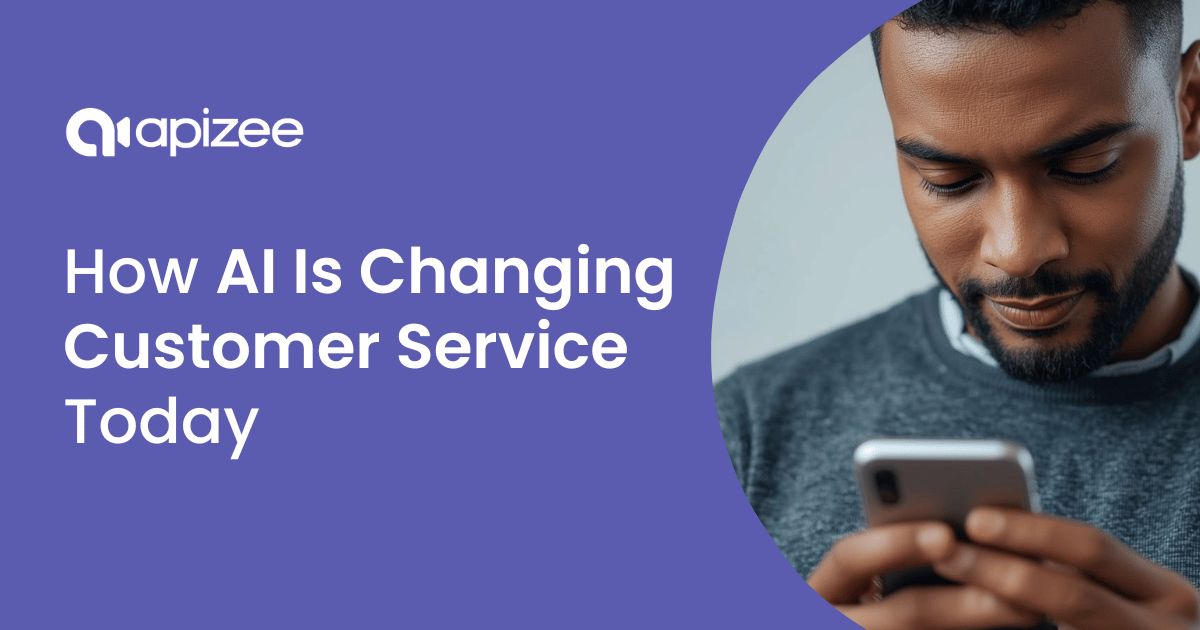
Customer expectations are higher than ever — fast, personalized, and seamless support is the name of the game.
At the same time, businesses face growing pressure to reduce costs and streamline operations.
Artificial intelligence (AI) is emerging as the bridge between scalability and efficiency, with tools that can handle repetitive tasks, anticipate customer needs, and support agents in real time.
But the real opportunity isn’t replacing humans — it’s empowering them.
This article explores how AI tools support teams in working smarter and delivering better customer experiences. We also cover what it takes to successfully implement AI in customer service, balancing innovation with the human touch that buyers still value.
There are two schools of thought regarding AI in customer service.
On one side, AI is seen as a chance to replace human support teams. It leans heavily on chatbots, automated replies, and self-service portals to handle the majority of customer inquiries.
Klarna, for example, made headlines by claiming how much of its customer service AI can handle on its own.
By 2024, the company had partnered with OpenAI, cutting back its customer service and marketing teams. CEO Sebastian Siemiatkowski declared:
AI can already do all of the jobs that we, as humans, do.
The company touted $10 million in savings and claimed generative AI could manage translations, image production, data analysis, and even customer complaints.
But after mounting customer frustration and diminishing returns, Klarna shifted course.
From a brand perspective, a company perspective, I just think it’s so critical that you are clear to your customer that there will always be a human if you want.
On the other side, AI is seen as a way to augment customer service capabilities.
Instead of cutting humans out of the process, AI gives agents better tools that remove tedious, repetitive work. It frees them up to focus on what they do best: solving complex problems and creating genuine connections with customers.
All of this to say that AI should be a partner in customer service, not a replacement.
Studies are showing that contact centers are prioritizing AI capabilities to support existing skills and workflows — whether that’s AI co-pilots assisting during calls, tools that predict customer behavior, or sentiment analysis:

The result? Support reps spend less time wrestling with machine learning technology to do more of what matters most: delivering the best possible customer service experience.
AI is no longer about experimenting — it’s about execution.
Contact centers and customer service teams lean on various AI tools that remove friction, speed up resolutions, and empower agents to deliver standout experiences.
Here’s how the most widely adopted tools are making an impact.
AI chatbots and conversational AI go beyond scripted responses. They use natural language processing (NLP) and algorithms to:
Leveraging chatbots reduces wait times and keeps support agents focused on high-value interactions, like solving complex technical issues.
Conversational AI also makes interactions feel more natural and engaging, mimicking the flow of human dialog, so customers feel understood rather than processed by a machine.
Tip: Learn more about using chatbots with human support in our in-depth chatbot vs. human guide.
Agentic AI acts autonomously toward goals rather than just generating outputs.
In customer service, this means letting AI handle multi-step tasks rather than just single interactions.
Think of it as a “doer” that can cancel an order, process a refund, or update customer details without agent intervention.
Here’s an overview of the key benefits:
Note: Some co-pilots and agentic AI tools now integrate visual AI capabilities, helping agents interpret uploaded images or live video in real time to resolve issues quickly and accurately. Read more about how visual AI is transforming customer experiences in our comprehensive guide.
According to a McKinsey podcast episode, agentic AI promises a major leap in productivity, service quality, and customer engagement.
However, achieving this efficiency requires rethinking processes, collaboration, talent, and culture — not just buying new AI systems. We’ll look at this in more detail later.
AI-powered voice agents can handle routine calls, from appointment scheduling to account balance checks.
They’re designed to sound natural and handle interruptions gracefully, creating smoother conversations.
With routine calls handled by AI, human agents can focus on more nuanced, emotionally charged interactions that demand empathy and emotional intelligence — qualities AI still can’t fully replicate.
The voice agent market surged in the second half of 2024. Research from Cartesia found that 22% of the most recent YC class were companies developing voice-based solutions:
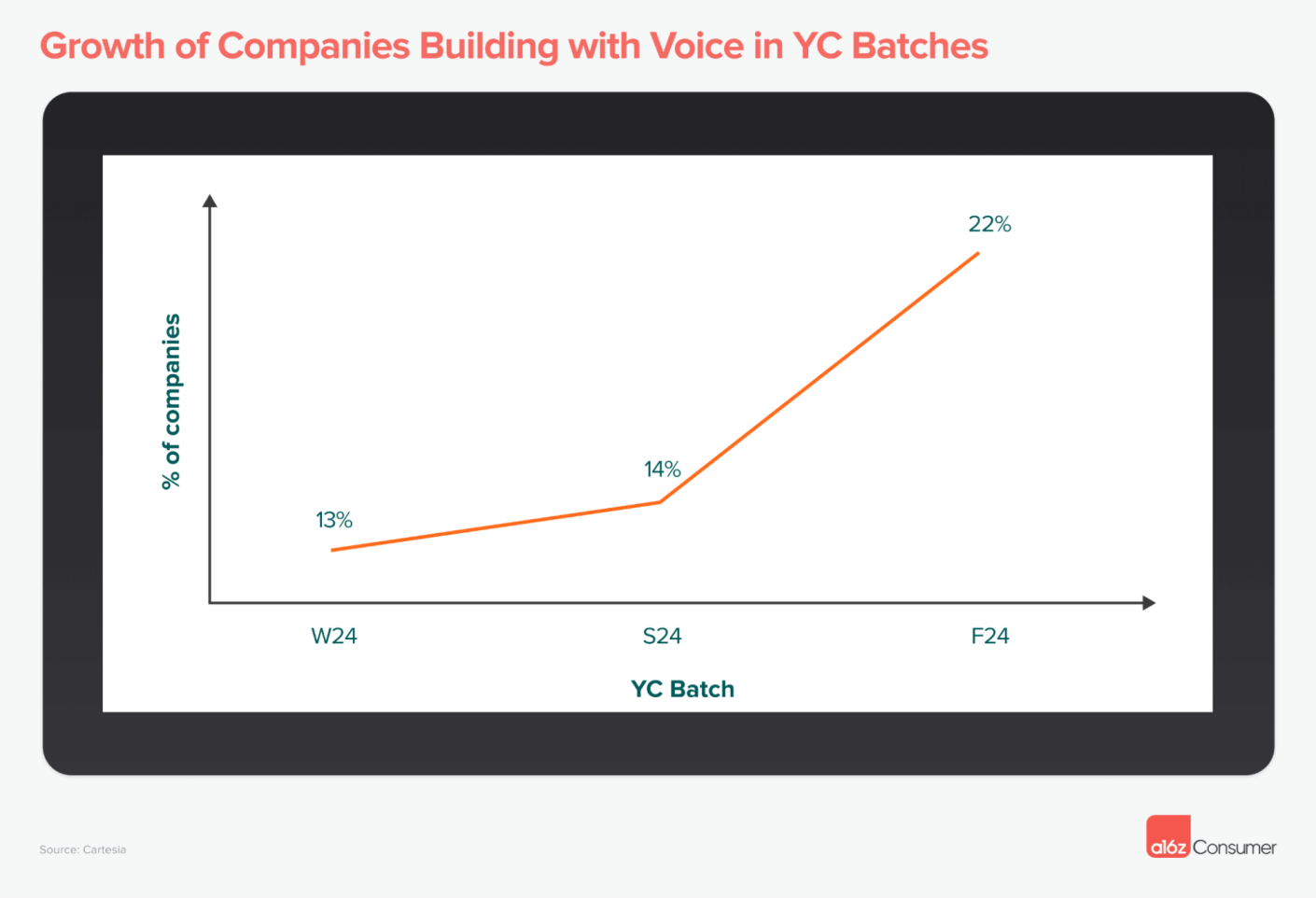
This surge highlights how voice technology is quickly becoming a cornerstone of the next wave of AI-driven customer engagement.
Side note: A YC class is a batch of startups funded and mentored by Y Combinator (one of the most well-known startup accelerators in the world) during either its winter or summer program.
AI-driven knowledge bases surface the correct information in seconds.
Instead of searching through static documents, agents (and even customers) can ask a question and instantly get an accurate, context-aware answer.
The result: faster resolutions and more consistent support.
Predictive AI helps teams anticipate what customers will need before they even ask.
By analyzing patterns in customer behavior, predictive AI tools flag churn risks, forecast demand spikes, and suggest proactive outreach.
This proactivity can be crucial in meeting customers’ expectations for fast, personalized, and seamless experiences.
AI notetakers automatically capture call transcripts, summarize key points, and log action items into CRM systems.
Here’s how a typical notetaking app like Leexi.ai captures key discussion items during online team meetings:

Agents don’t have to split their attention between listening and typing.
Instead, they can fully focus on the conversation at hand, confident that the software is accurately recording all necessary information.
Intelligent routing ensures every customer reaches the right agent on the first try.
Using AI to analyze customer intent, language, and sentiment, these tools match customer queries with the best-suited representative.
For instance, a Spanish-speaking customer is routed to a bilingual agent, or a billing question goes directly to the finance specialist.
As a result, customers receive a personalized and faster resolution service.
AI co-pilots guide agents in real time, offering suggested replies, next-best actions, and relevant resources during live interactions.
Here’s a co-pilot in action, providing a quick response during a customer conversation:

A co-pilot might suggest a refund script when a customer is frustrated or pull up account history while the agent speaks.
These actions take a mental load off reps, allowing them to focus on providing the best and most empathetic response to improve the overall customer experience.
Sentiment analysis tools scan calls, chats, and even social media to detect customer emotions at scale.
By understanding patterns in communication, customer service reps can tailor responses to match the customer’s experience.
In a support call, for example, AI can flag rising frustration in a customer’s tone, alert the agent in real time, and suggest steps to de-escalate the situation.
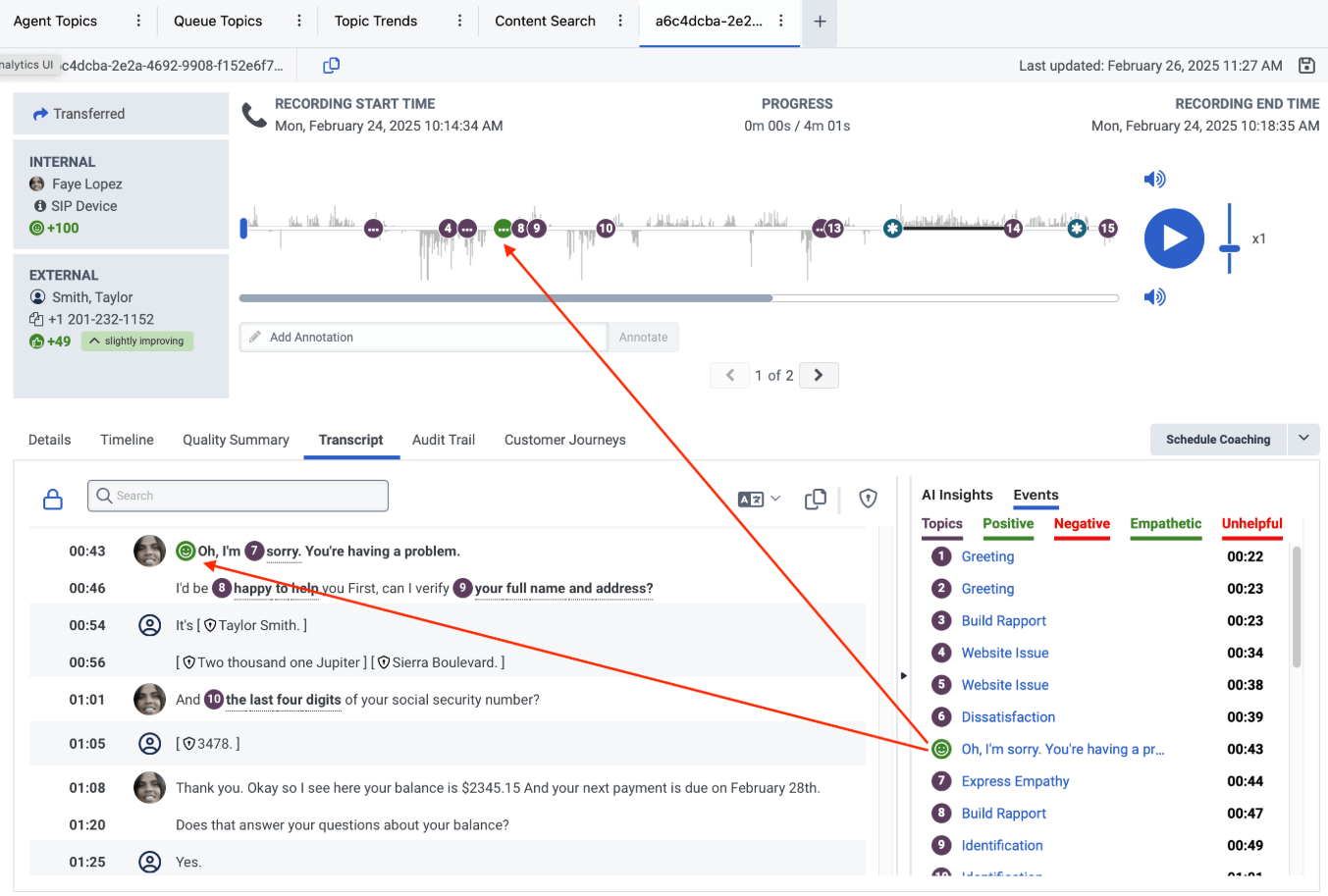
These suggestions turn a potentially negative experience into a smoother, more positive interaction, helping resolve the issue faster while leaving the customer feeling heard and valued.
Together, these tools lay the groundwork for the bigger picture: how AI not only transforms individual interactions, but drives measurable improvements across key customer service metrics.
When used correctly, AI can shrink resolution times, improve satisfaction scores, and give agents the breathing room to focus on customers instead of busywork.
Here’s how to apply the key benefits of AI in customer service, from delivering faster first responses and higher first-contact resolution to more personalized interactions.
| Improve first-contact resolution (FCR) | AI analyzes past interactions and provides agents with real-time suggestions. More customers get solutions the first time they reach out, reducing repeat calls and unnecessary volume. Fewer escalations mean faster resolutions, happier customers, and less pressure on support teams. |
| Enhance customer satisfaction score (CSAT) | CSAT rises when customers feel heard and supported, not stuck in loops. AI tools like co-pilots and sentiment analysis help agents personalize responses in real time, turning what could have been a frustrating moment into a positive experience. |
| Optimize first response time | Nobody likes waiting — especially customers looking for quick solutions. AI chatbots and intelligent routing systems instantly respond to basic customer questions and send them to the right agent from the start. That means less time on hold and more time getting real solutions. |
By strategically leveraging AI, businesses can streamline support and empower agents to deliver experiences that keep buyers loyal and coming for more.
Customer service AI has powerful benefits, but it’s not a plug-and-play solution.
With the right planning and safeguards, teams can navigate technical, ethical, and operational considerations. At the same time, they can unlock efficiency, improve customer trust, and enhance the overall service experience.
Here are some risks to be aware of when considering AI for your customer service processes.
While generative AI in customer service is impressive, it isn’t perfect. It can “hallucinate” wrong answers or fabricate details.
For example, an AI-powered chatbot might tell a customer their order has shipped when it hasn’t. If this miscommunication isn’t caught early, it can frustrate customers and damage trust.
Here’s an example of an AI tool hallucinating the answer to the question “What’s the capital of Mars?”:
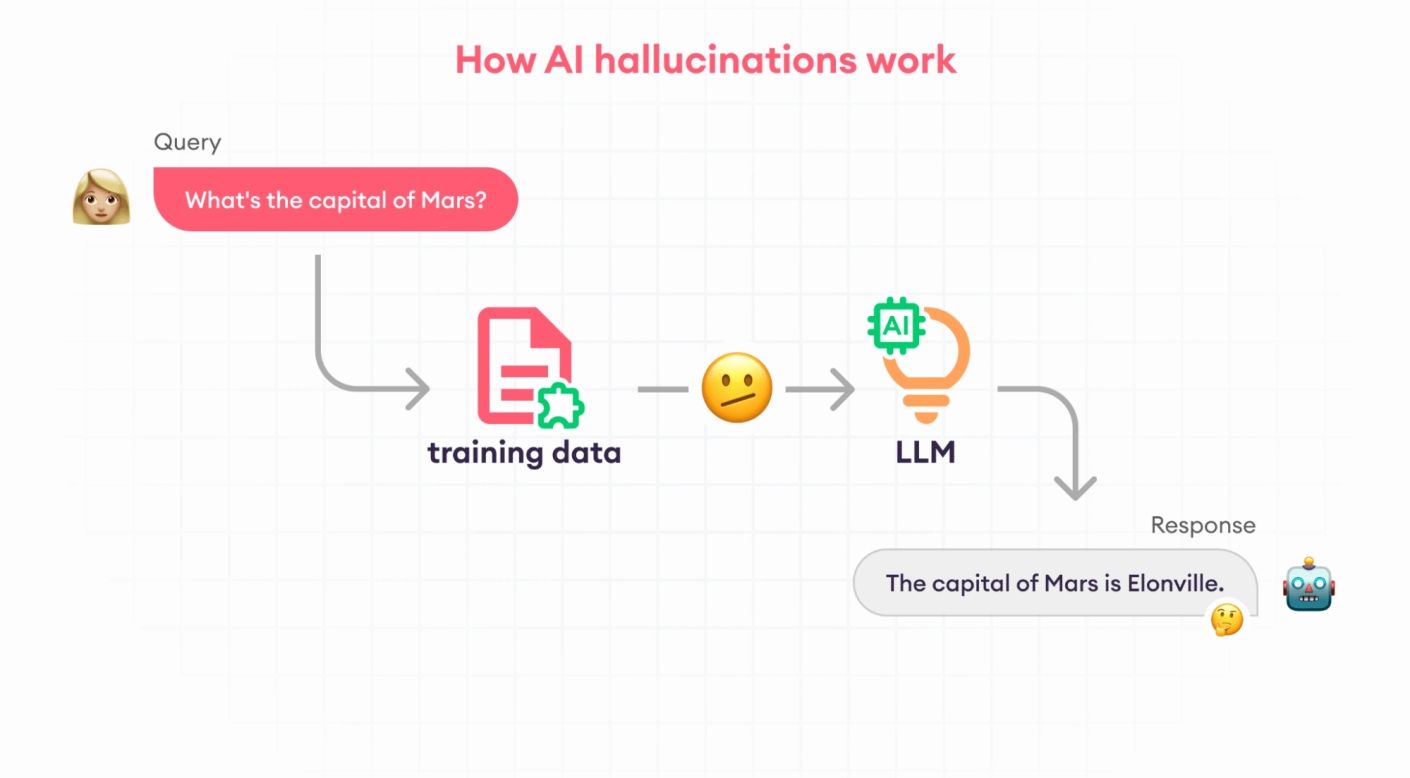
These hallucinations often come down to a few errors, like incomplete data or misinterpreted context.
The solution? Pair AI with human oversight to ensure data accuracy and build a reliable knowledge base.
AI can spot frustration in a customer’s tone or even read facial cues, but that doesn’t mean it can respond with empathy. Detecting emotion and customer sentiment isn’t the same as connecting with it.
That’s why human escalation is vital — and where platforms like Apizee help, letting reps jump in with video support at the exact right moment.
The goal? Ensure customer service is fast and human-centered at all times.
Say a customer is struggling with a technical issue on their washing machine and growing visibly upset.

Apizee makes it easy for a retail customer service agent to switch from chat to face-to-face video, resolving the problem quickly while rebuilding trust.
Digital sovereignty gives your business full control over its data — what you collect, where it’s stored, and how it aligns with local regulations.

Using AI to store and process customer data can complicate things, as customer data is often transferred across borders and processed by third-party providers, making compliance harder to track.
Understanding where data is hosted and following local regulations is essential to prevent breaches, fines, or loss of customer trust.
Businesses can mitigate these challenges by choosing AI partners with transparent data practices, prioritizing local or sovereign cloud solutions, and enforcing strict governance policies.
For example, using providers that guarantee EU-based data hosting to comply with data privacy regulations like GDPR:
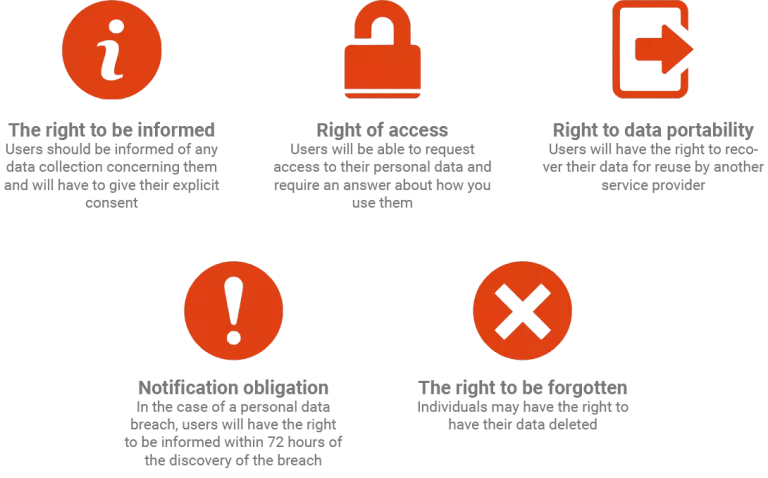
Note: In France, the Commission Nationale de l’Informatique et des Libertés (CNIL) requires AI system development to comply with GDPR requirements.
Careful management of data sovereignty is crucial for safely leveraging AI while maintaining customer trust and regulatory compliance.
Alongside improving customer service efficiency, training and running AI models — especially large generative models — consumes abundant energy.
The computational power driving the technology contributes significantly to carbon emissions.
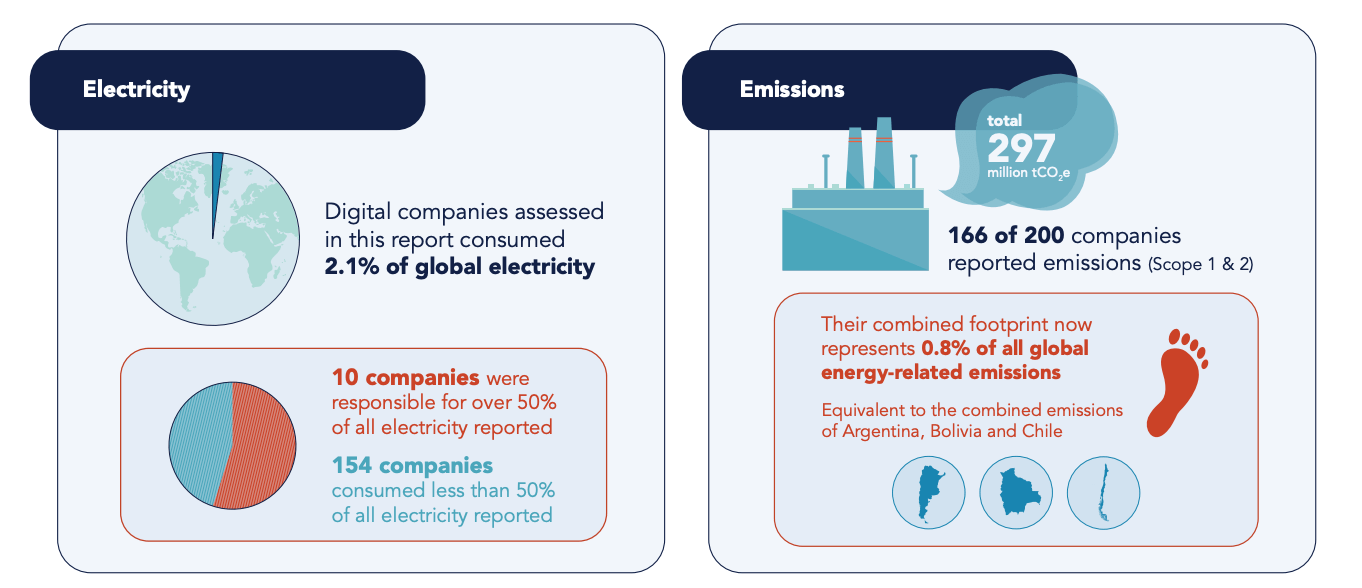
Businesses implementing AI in customer service and elsewhere in their operations must be mindful of:
By balancing AI adoption with environmental awareness, companies can deliver smarter, faster customer service and experiences while minimizing their environmental impact.
The biggest risk isn’t AI itself — it’s a poor rollout. Even the most advanced tools can fail to deliver if processes, training, and culture aren’t aligned with AI technologies.
MIT research shows that 95% of generative AI pilots hit a plateau due to high adoption with “rare” transformation. The tiny minority that succeeds shows a consistent, iterative approach:
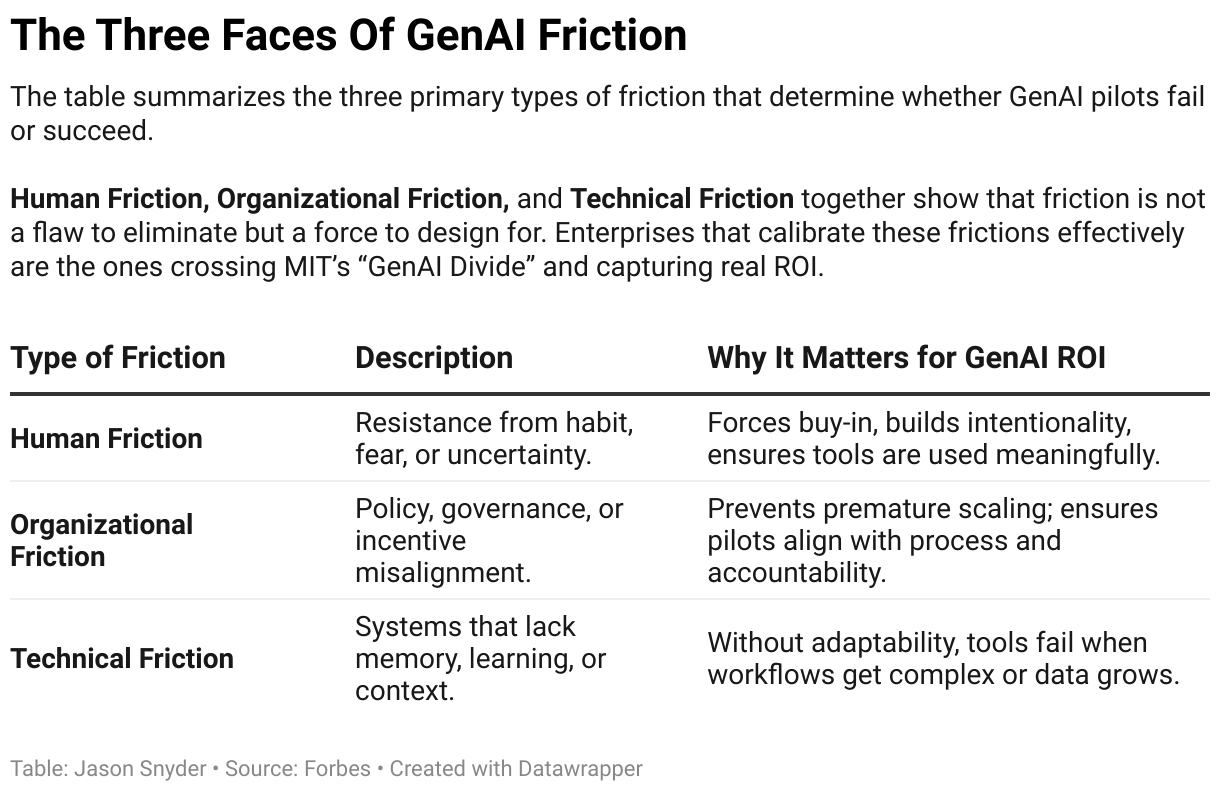
Starting small, focusing on high-impact areas, and combining AI with human oversight are ways to maximize adoption success with lasting results.
The hype around AI in customer service operations is matched by a flood of data — some inspiring, some sobering.
The stats below give you a clear picture of where the industry is heading.
These stats clearly show that AI can dramatically speed up service and improve resolution.
At the same time, customers still value agent interaction, showing that the future of customer support lies in blending AI efficiency with human empathy to deliver both speed and trust.
From speeding up response times to personalizing customer interactions, AI is helping businesses solve real-world problems every day.
These use cases show how thoughtful AI adoption can improve efficiency, boost satisfaction, and free human agents to focus on what they do best: providing meaningful customer service solutions.
Sonos partnered with Sierra.ai to implement an AI agent that handles tasks like product setup, troubleshooting network issues, managing orders and returns, and connecting with music services.

Unlike traditional chatbots, Sierra understands context, threads conversations, and provides guidance with a human-like touch, reducing the effort customers need to resolve issues.
When a customer issue requires human intervention, Sierra escalates with a complete case summary, ensuring customer service agents can act quickly and efficiently.
By integrating Sierra, Sonos has:
By combining AI efficiency with human expertise, Sonos delivers faster, more seamless support while ensuring customer satisfaction.
Bank of America leverages Erica, an AI-driven virtual assistant, to streamline client interactions and deliver personalized experiences at scale.
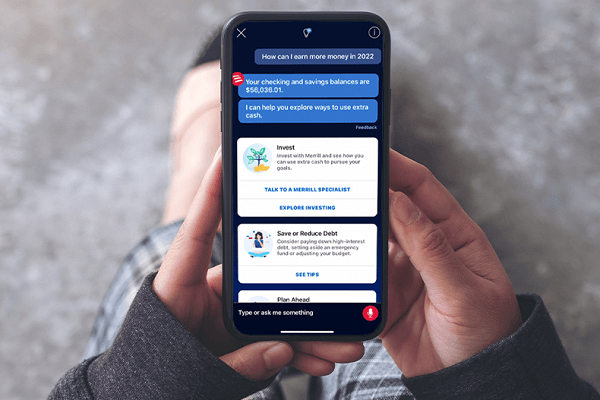
With Erica, Bank of America has:
Combining AI-powered efficiency with personalized, context-aware support, Bank of America strengthens customer relationships with faster, smarter, and more satisfying interactions.
Decathlon uses predictive AI to personalize the shopping and support experience, from recommending the right gear to assisting with returns.
It ensures customer needs are met before they become problems, strengthening both service quality and brand loyalty.

By integrating AI-powered service bots, Decathlon has:
Decathlon’s use of predictive AI ensures faster and more efficient support. At the same time, it frees human agents to focus on complex issues, enhancing customer satisfaction and employee engagement.
AI chatbots handle scripted tasks like answering FAQs or guiding users through processes.
Conversational intelligence goes further — it analyzes interactions, understands context, detects sentiment, and provides insights to improve customer experience and agent performance.
In short, chatbots act while conversational intelligence learns and optimizes.
AI can automate repetitive tasks, provide instant answers, and surface insights for agents, letting humans focus on complex issues and build personal connections.
The result: faster resolutions, less burnout, and more meaningful human interactions.
AI implementation risks include poor adoption, mismanaged expectations, bias in AI responses, and overreliance that reduces human customer service oversight.
Without proper training and guardrails, AI can frustrate customers rather than help them.
If you handle high volumes of repetitive requests, want faster response times, and have data to train AI, your business is ready for AI in customer service.
Start small, measure impact, and scale as agents and customers adapt.
AI is a powerful tool for customer service, but understanding where AI fits into your existing processes is key.
Identify tasks that benefit from automation, determine where human oversight is essential, and use AI to augment — not replace — your team.
Discover how AI can help your team provide faster, more personalized, and seamless CX across every touchpoint.
Get a demoExplore the top customer service trends for 2026—a quick look at what’s shaping customer expectations and behaviors in the year ahead.
Customer service: trends not to miss in 2026
8 Dec 2025
Here is the list of best Call Center Conferences to attend in 2026. Check out the top events, summits and meetups globally that you can plan for this year.
List of Best Call Center Conferences to Attend in 2026
1 Dec 2025
Best Customer Experience Conferences to Attend in 2026
1 Dec 2025
Interested in our solutions?